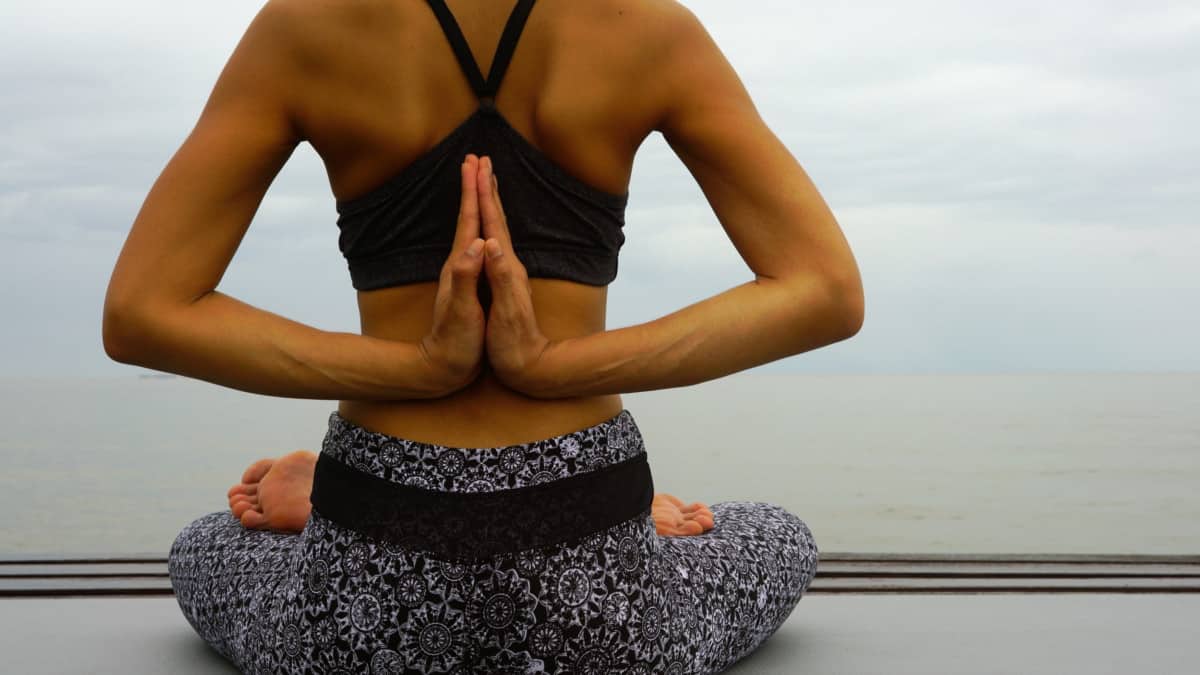
5 yoga styles, their impact, and how to keep track of them all
For some, it’s a veritable jungle trying to keep track of all the different yoga styles out there. So it’s no wonder some people give up before they even make it to a course.
To save you from a similar fate, we’ve put together a guide of the 5 most popular types of yoga to get you started on your yoga journey. We’ll show you what to expect from the different types of yoga, their impact on your body, and who they’re suitable for.
Find out how integrating yoga into your daily routine can get you feeling happier and more balanced here.
Hatha Yoga – the classic
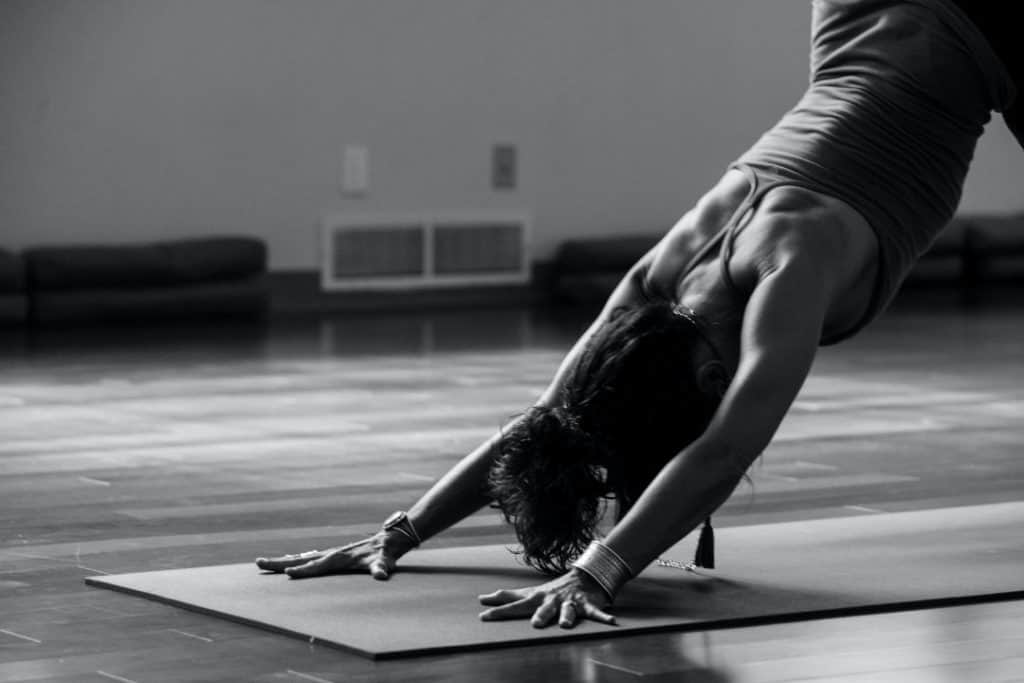
This form of yoga is known as the “basic form of yoga” because all other styles developed from it. Here you’ll learn clean execution of all ‘asanas’, which means ‘positions’ in yoga, as well as breathing exercises which are called ‘pranayama’, and meditations in the form of concentration techniques.
The individual asanas are built up slowly, which is why this form of yoga is especially suitable for beginners. You’ll learn precisely how to implement your breath (Ujjayi breath) into the yoga practice and connect it to your body and movement. Because a single asana is held for a few moments before moving on to the next, breathing is key here.
Find out how to get more energy through conscious breathing here.
Vinyasa Flow Yoga – to increase your fitness
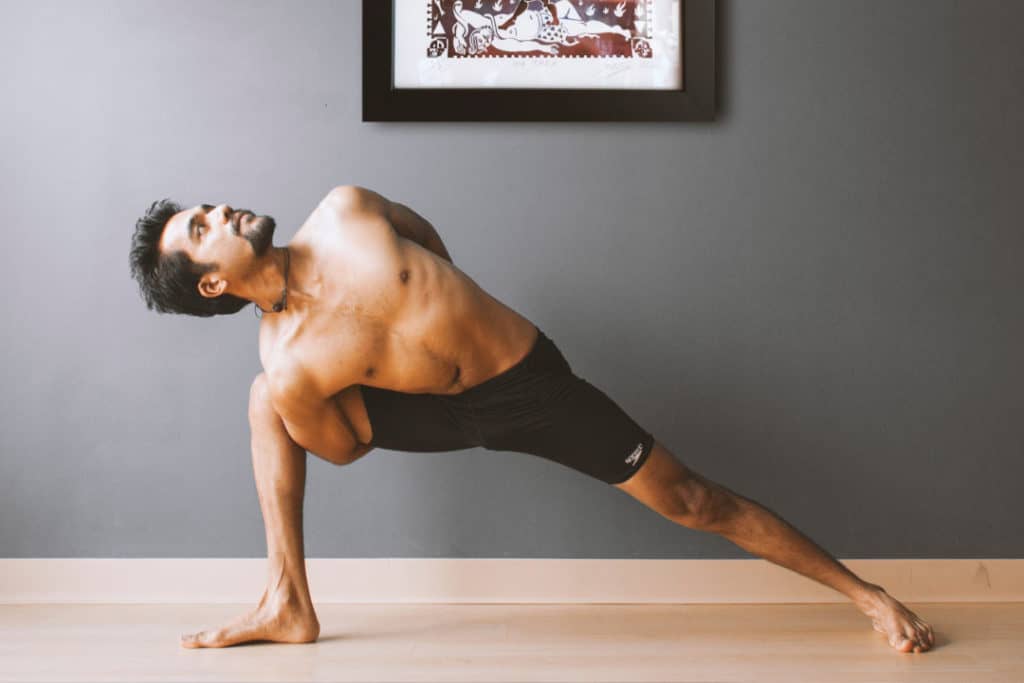
As the name suggests, this is all about flow. Here asanas are strung together in fluid movements that constantly change, and they’re accompanied by a motivating playlist so you can get tuned into your body.
The flows train your endurance and help you build strength and vitality. This form of yoga is especially suitable for those who already have some yoga experience. If you’re a beginner, be sure to take a “Basics” or “Level 1” class. If you find you have difficulty keeping up, try and approach each asana through your breath and work at your own pace. More important than following along is the ability to connect with your breath.
Bikram Yoga – release tension
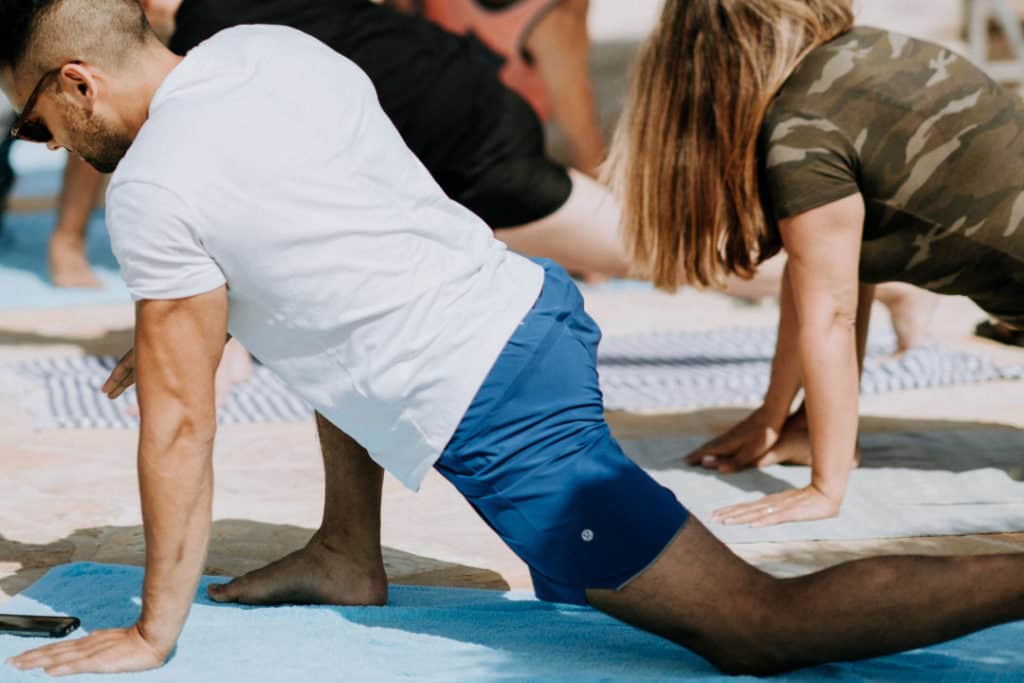
If you like to sweat while practicing a fixed sequence of asanas, then this is the yoga style for you. At 40 – 42°C, this hot yoga class provides an intense experience in a specially heated room. You can stretch more deeply in the heat and with less risk of injury, while also training your endurance, strength and flexibility. In addition, sweating helps you eliminate toxins and strengthens your immune system.
This type of yoga is perfect for those who don’t have problems with their circulation. Just make sure you stay hydrated during the workout and always listen to your body and take a short break if you feel dizzy.
Ashtanga Yoga – powerful and challenging
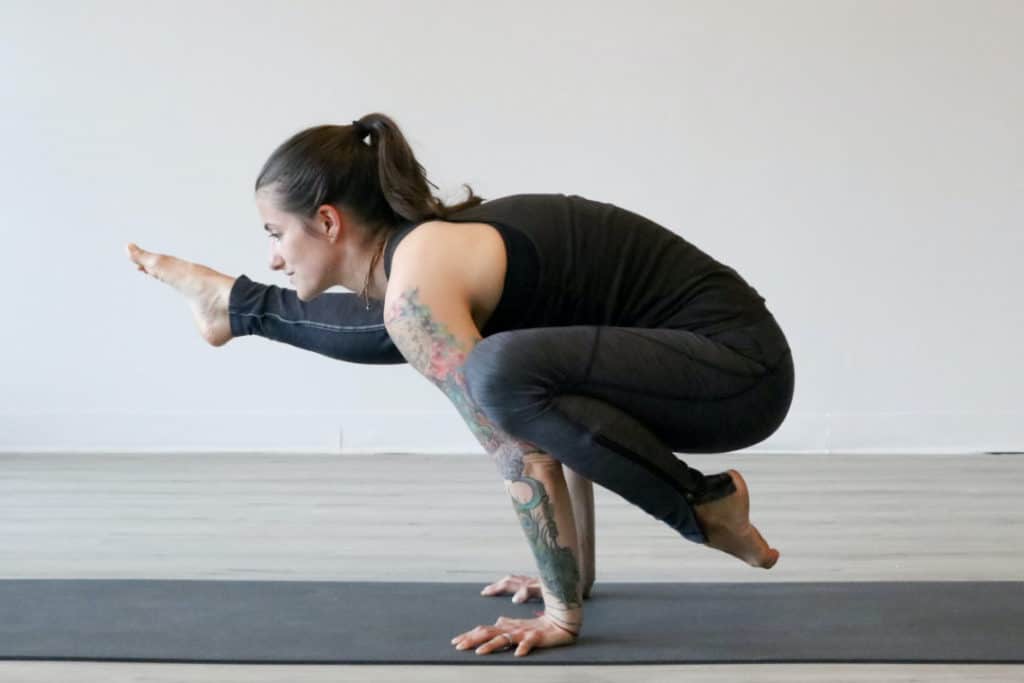
Do you enjoy physical challenges? Then this energetic yoga style is perfect for you. Also known as Power Yoga, this class has fixed asana sequences, just like in Bikram, which are connected through various postures.
The exercises are coordinated so that all parts of the body are activated and stretched one after the other. Your circulation gets going, but you can switch off at the same time.
Ashtanga Yoga is suitable for people who are already in good shape and have some yoga experience. The goal here is to overcome your own physical and mental limits.
Yin Yoga – intensive relaxation
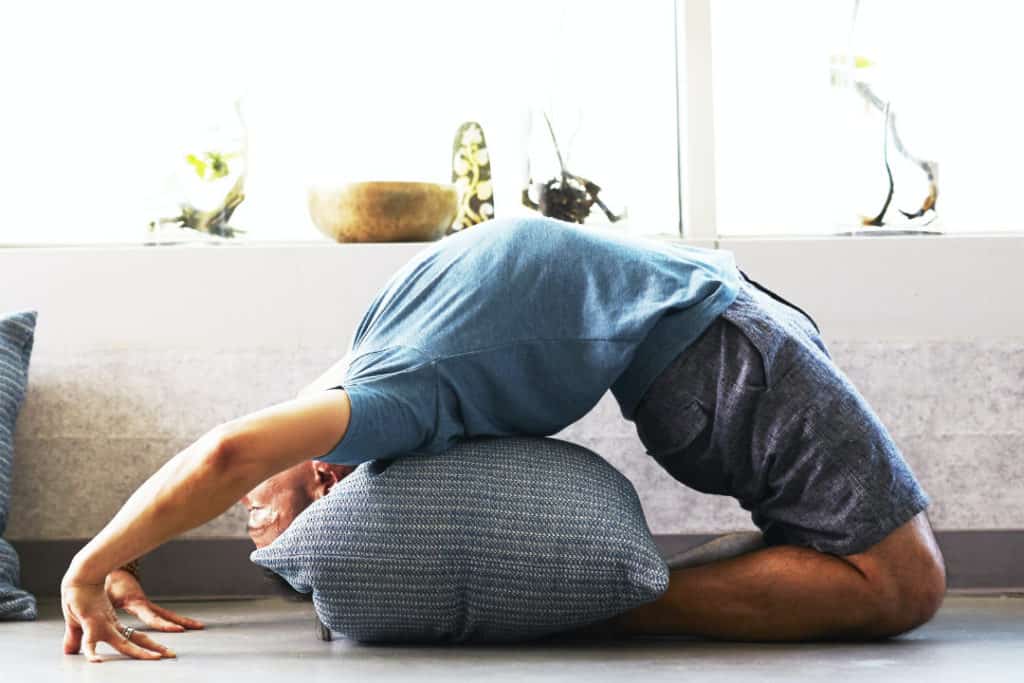
Yin Yoga is relaxing but intense at the same time. ‘Let go’ is the motto here. You’ll hold asanas for a long time, giving each muscle a deep stretch and letting the breath flow through your body and into your muscles.
Because you hold the positions for minutes at a time, this class really allows you to switch off. This form of yoga is very slow so even complete beginners can follow along and get to know the strengths and weaknesses of their body. It also stretches the deep connective tissues and fascia, so it’s especially good for pain and discomfort, such as back pain from sitting too much. A Yin Yoga session is also a great way to prepare for a good night’s sleep.
What’s true for all styles of yoga
It is to find a class that fits your schedule so you are able to focus during the class. Whether it’s in the morning as an energetic or gentle start to the day, as a lunch break to clear your head, or even in the evening to help you wind down and prepare for a restful night’s sleep – you alone can decide what’s best for you.
Click here to find out which other classes you can integrate into your daily routine.
It’s easy to go through daily life forgetting to really engage with our bodies and do something good for ourselves. The greatest gift you can give yourself is a time-out for yoga practice, so your body and mind can feel rejuvenated and energized.
We hope this guide inspires you to try a class or two with one of our many yoga partners.



Comments